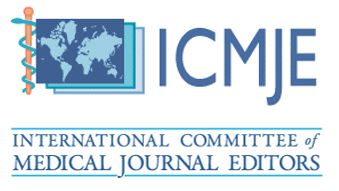Good Practices in the Manufacture of Osseointegrated Implants: A Technical Note
Sabrina Batista Venancio1, Gabriela Maia Barrenha2, Marcia Ribeiro de Alcantara-Nascimento3, Mari Lucia Maia Lima4, Marcelo do Lago Pimentel Maia5 and Irineu Gregnanin Pedron6*
1Undergraduate Student, Universidade Brasil, São Paulo, Brazil
2Undergraduate Student, Universidade Cruzeiro do Sul, São Paulo, Brazil
3Private practice, São Paulo, Brazil
4Postgraduate Student, Department of Oral Implantology, Marcelo Yoshimoto Institute, São Paulo, Brazil
5Professor, Department of Oral Implantology, Marcelo Yoshimoto Institute, São Paulo, Brazil 6Professor, Department of Periodontology, Implantology, Stomatology, Integrated Clinic, Laser and Therapeutics, Universidade Brasil, São Paulo, Brazil
*Corresponding Author: Irineu Gregnanin Pedron, Department of Periodontology, Implantology, Stomatology, Integrated Clinic, Laser and Therapeutics, Universidade Brasil, São Paulo, Brazil
Received: June 17, 2022 Published: July 05, 2022
Introduction and Background
The replacement of lost teeth with analogs dates back to ancient times. In the phase that preceded the discovery of osseointegration, several types and designs of implants were created and used, such as needled tips, juxtaosseous and subperiosteal implants. However, over the years, rehabilitations on implants presented failures and unsuccess, determining a short longevity of the rehabilitations. With the advent of osseointegration, this desire has become accessible and present today. Several techniques and types of implants have been developed for the purpose of implantoprosthetic rehabilitation of partially or totally edentulous patients1-5.
Citation: Venancio SB, Barrenha GM, de Alcantara-Nascimento MR, Lima MLM, do Lago Pimentel Maia M, Pedron IG. “Good Practices in the Manufacture of Osseointegrated Implants: A Technical Note”. SVOA Dentistry 2022, 3:4, 184-187.











